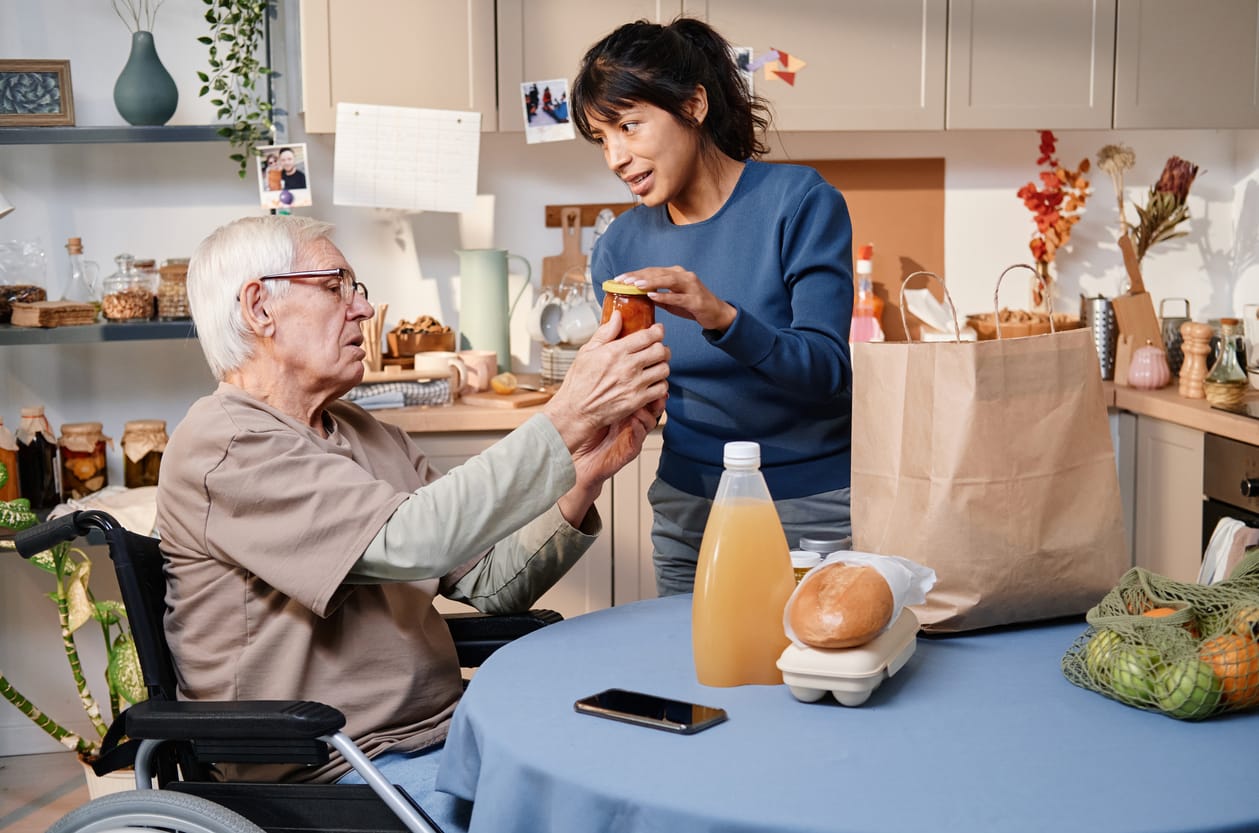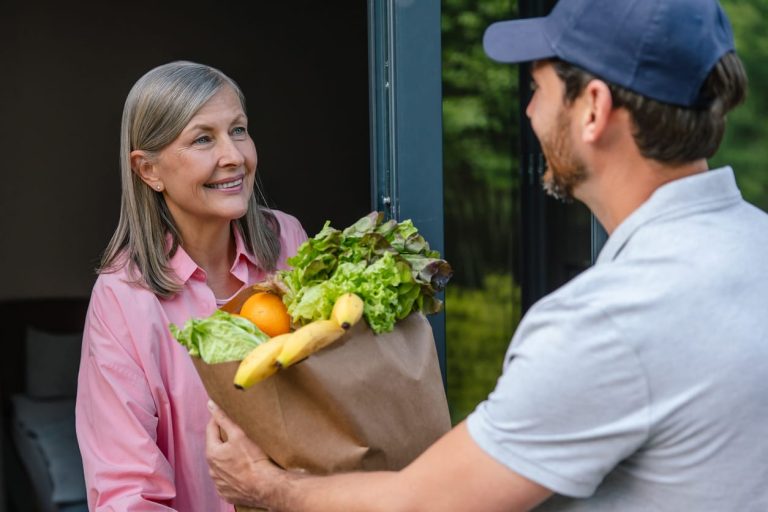Ensuring the health and well-being of seniors involves more than just daily care; it includes proper food preservation and storage, which are crucial for providing nutritious, safe, and readily available meals. Implementing effective preservation techniques not only ensures that meals are fresh and tailored to their dietary needs but also helps save on costs and reduce waste. By managing this aspect, caregivers support seniors' physical health and offer comfort and peace of mind, demonstrating a commitment to their overall well-being.
Understanding Food Preservation Techniques
Mastering food preservation techniques is essential to ensure elderly loved ones have access to nutritious and safe meals. Here are some effective methods to maintain food quality and nutrition:
- Freezing: Freezing is an excellent way to preserve the nutritional value and quality of food. It’s ideal for vegetables, fruits, and prepared meals. To prevent freezer burn, use proper packaging, such as airtight containers or freezer bags. Labeling and dating the frozen items helps easily identify and manage the stored food, ensuring nothing goes to waste.
- Canning: Canning is a traditional preservation method that allows storing fruits, vegetables, and jams for extended periods. Follow a strict process that includes sterilizing jars, properly sealing them, and storing them in a cool, dark place. The canning process requires specific equipment, such as a canner, jars, lids, and a jar lifter. It's essential to follow each step carefully to ensure safety and prevent contamination.
- Dehydrating: Dehydrating foods is beneficial for its long shelf life and space-saving qualities. Often dehydrate fruits, vegetables, and herbs, which can be easily stored and later rehydrated or used as snacks. The process involves removing moisture from the food using a dehydrator or an oven, which helps preserve the nutritional value while preventing spoilage.
- Pickling: Pickling is another versatile method, perfect for preserving vegetables and fruits. The process involves brining or using vinegar solutions to create a unique flavor while extending the shelf life of the produce. Ensure the pickling jars are properly sealed and stored in a cool place to maintain their quality. Additionally, follow safety tips, such as using the correct acidity levels and keeping the work area clean, to prevent any foodborne illnesses.
Utilizing these food preservation techniques not only extends the shelf life of various foods but also ensures that elderly loved ones always have access to nutritious and enjoyable meals. These methods help provide better care and support their health and well-being.
According to the National Center for Home Food Preservation, proper food preservation can significantly reduce food waste, saving money and resources while ensuring a steady supply of healthy food for elderly loved ones.
Practical Tips for Family Members and Caregivers
When caring for seniors, effective food preservation requires thoughtful planning and execution. Here are some practical tips to help ensure that the process is both efficient and enjoyable:
- Planning and Preparing for Food Preservation: Begin by assessing the needs and preferences of your senior loved ones to tailor the food preservation process to their tastes and dietary requirements. Plan portion sizes and meal variety to prevent food waste and ensure they receive balanced nutrition. When shopping, select fresh produce and consider buying in bulk, which can be more economical and practical for preservation purposes. Proper planning helps streamline the process and ensures that the preserved food meets their needs.
- Involving Your Senior Loved Ones in the Process: Encourage your elderly family members to participate in food preparation and preservation activities. Making these tasks enjoyable and educational not only fosters a sense of accomplishment but also provides an opportunity for bonding. Tailor tasks to their abilities and mobility, ensuring that they can comfortably contribute to the process without feeling overwhelmed. This involvement can enhance their sense of purpose and keep them engaged in daily routines.
- Safety Considerations: Maintaining proper hygiene and food safety practices is crucial to prevent contamination and ensure the quality of preserved foods. Regularly check for signs of spoilage, such as off smells or unusual textures, and know when to discard items to avoid potential health risks. Additionally, consider any dietary restrictions and allergies seniors may have when planning and preparing preserved foods, ensuring that all meals are both safe and suitable for their needs.
By following these practical tips, you can efficiently manage food preservation while making the process enjoyable and safe for your elderly loved ones. This approach not only ensures they have access to nutritious meals but also enhances their overall well-being and quality of life.
Storing Preserved Foods
Effectively storing preserved foods is essential for maintaining their quality and ensuring they are safe for your elderly loved ones. Here’s how to manage and organize preserved foods effectively:
Organizing the Storage Area
Start by organizing the pantry, freezer, or storage shelves to create an efficient system. Use clear labels and date markings on all preserved items to make identification easy and ensure that nothing is overlooked. Implement a rotating system to use older items first, which helps prevent waste and ensures that food is consumed within its optimal period. Proper organization not only makes it easier to find what you need but also helps maintain a clean and clutter-free storage area.
Monitoring and Maintaining Quality
Regularly check the stored foods to ensure they remain in good condition and are safe to consume. Look for any signs of spoilage or quality issues and address them promptly to prevent potential health risks. When reheating preserved foods, follow proper guidelines to ensure they are heated thoroughly and safely. Incorporate preserved foods into meals creatively to keep the diet varied and enjoyable for your loved ones. Establish a routine for consuming preserved items to avoid keeping them past their best quality, and to maintain a balanced and nutritious diet.
According to the USDA, proper storage of canned foods can extend their shelf life for up to one year, ensuring a consistent supply of nutritious meals for elderly loved ones.
By implementing these storage strategies, you can manage preserved foods, ensuring they are safe, accessible, and beneficial for your elderly loved ones. Proper organization and regular monitoring contribute to their overall well-being and help us provide the best care possible.
In conclusion, effective food preservation and storage offer significant benefits for seniors, making it easier to provide nutritious, safe, and convenient meals. This approach enhances their health and well-being by ensuring access to quality food while minimizing waste and saving costs. By adopting these techniques, family members and caregivers can improve meal planning and create more enjoyable, stress-free mealtimes. Embracing proper food preservation methods not only supports seniors' dietary needs but also demonstrates a commitment to their overall care and happiness.





